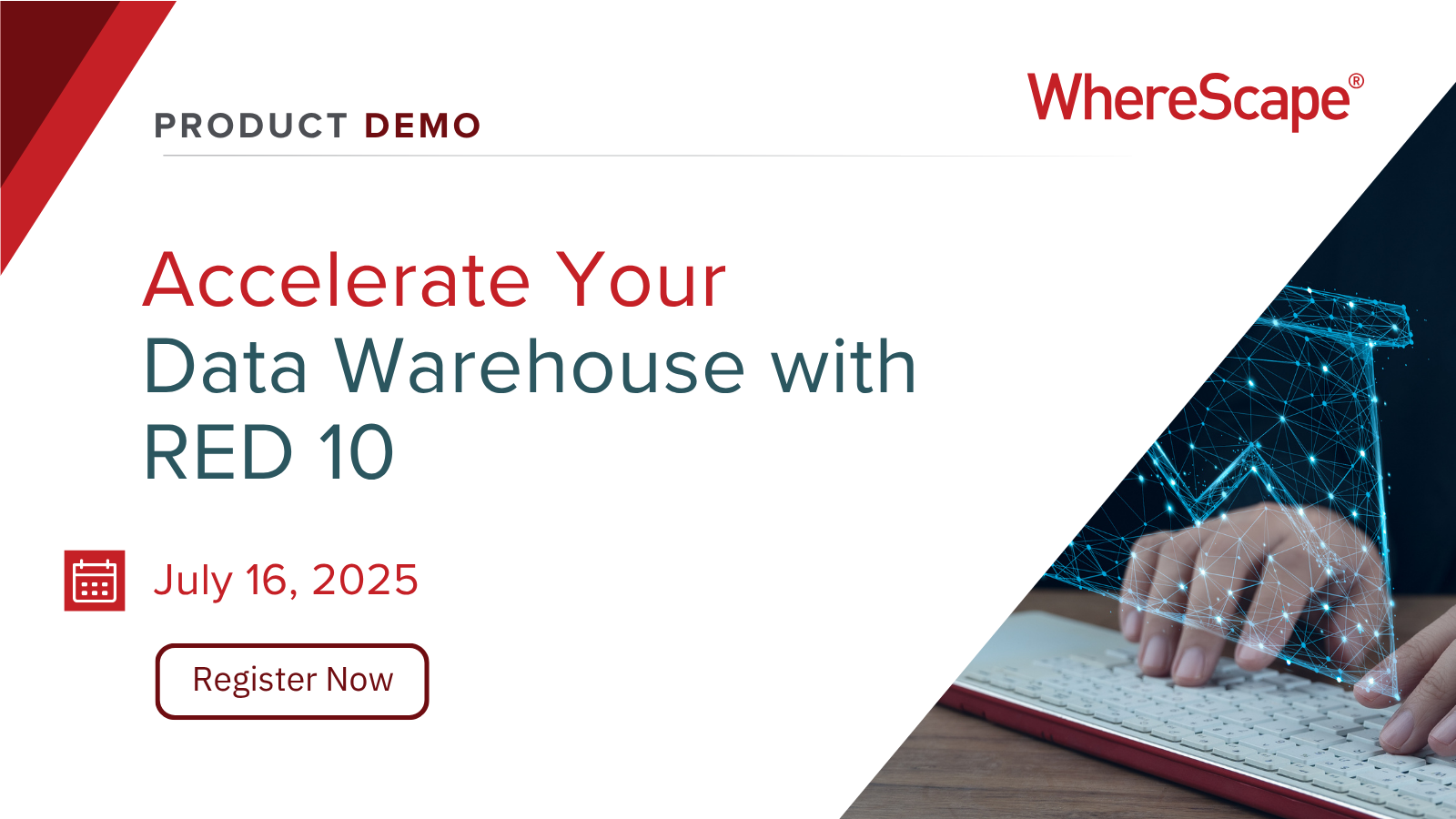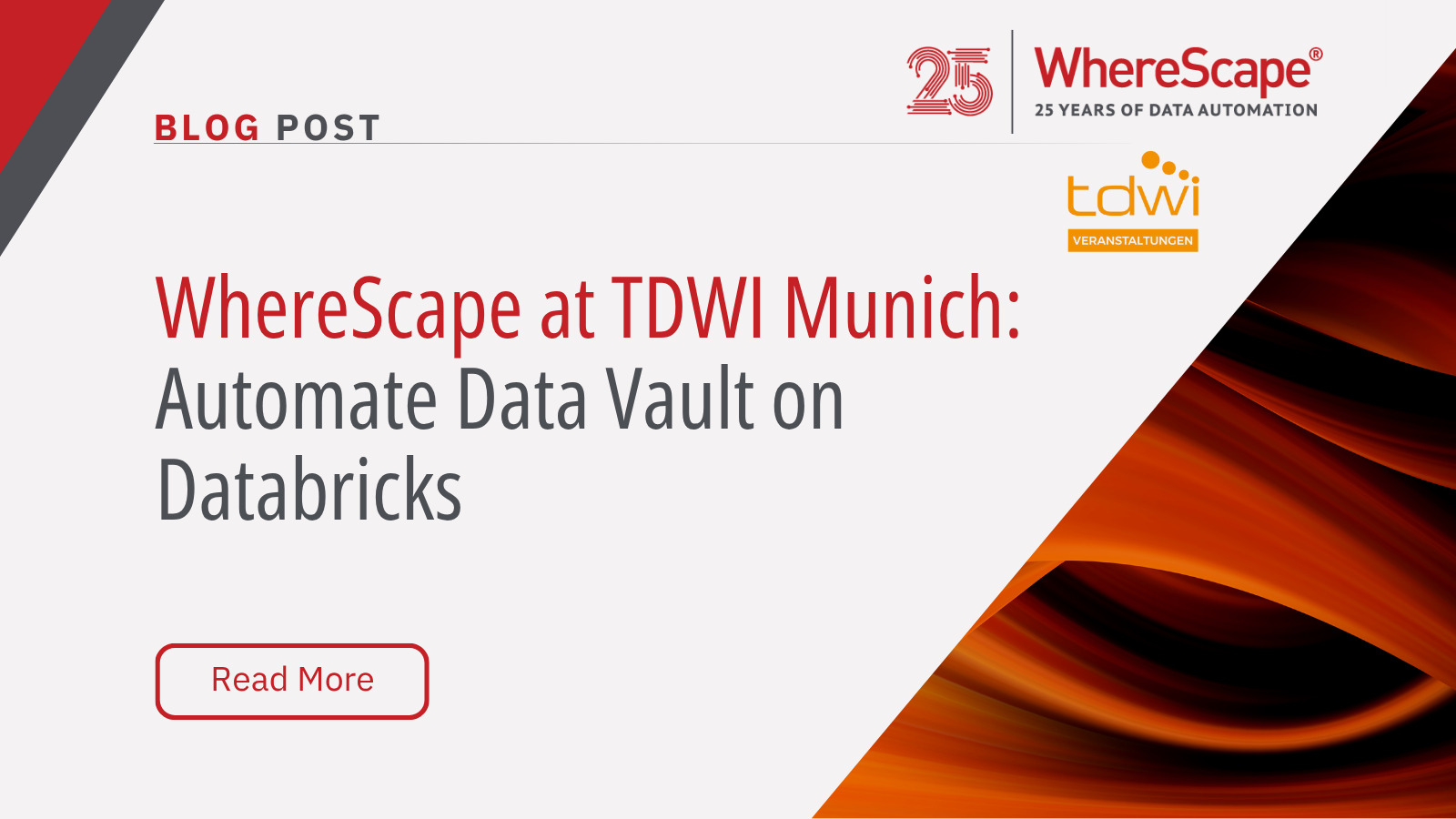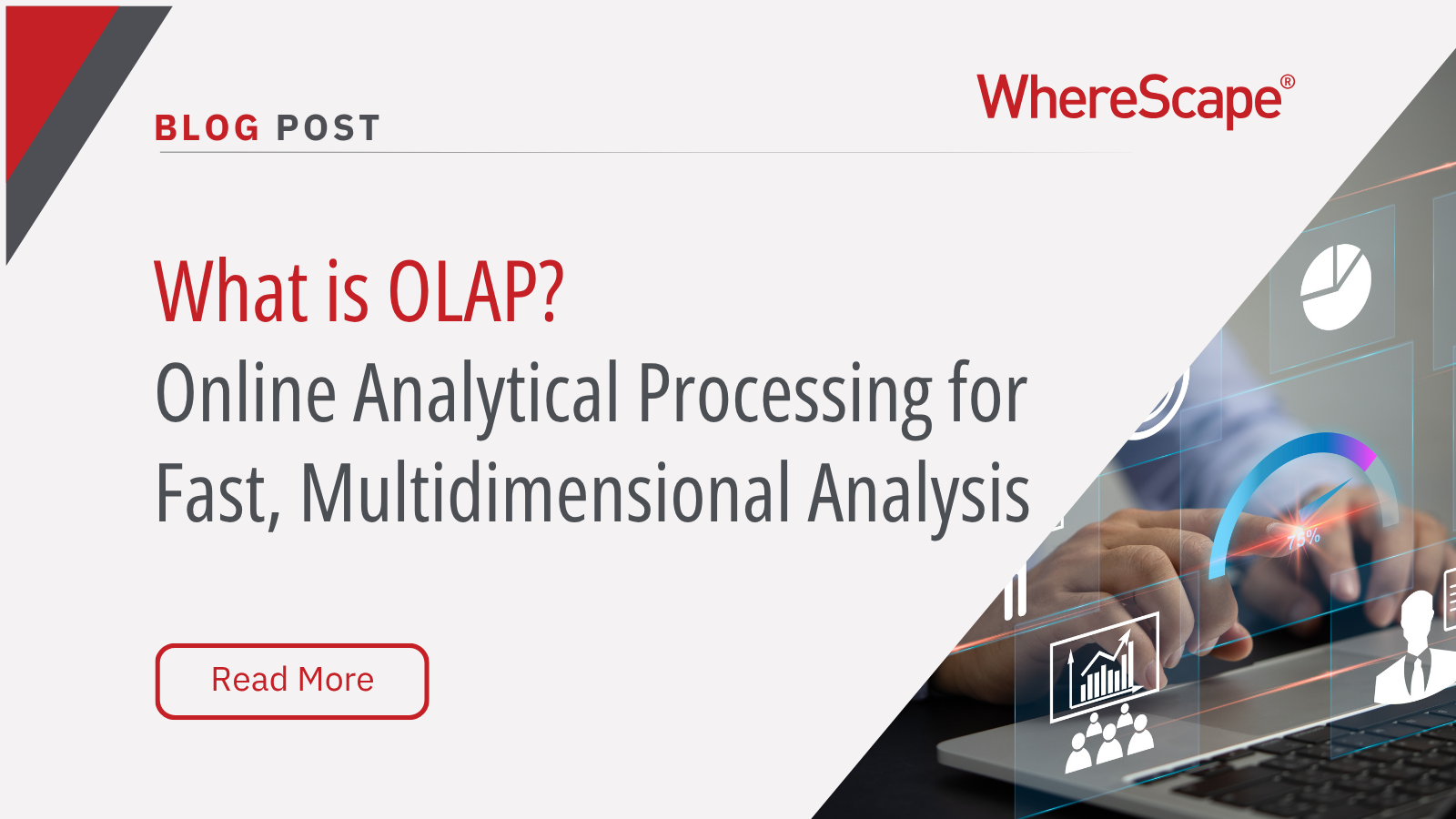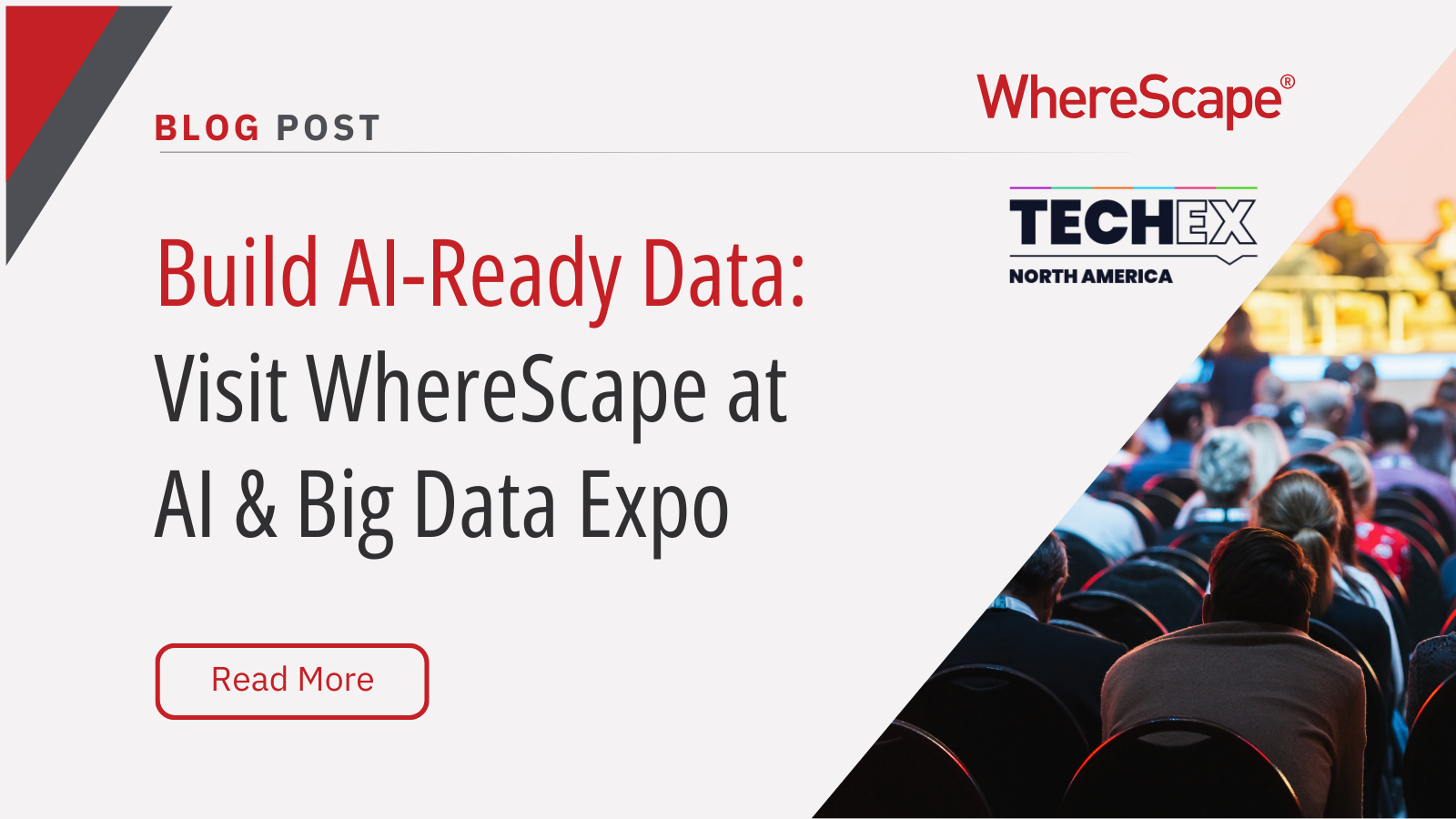Tune in for a free, live virtual hands-on lab...
What is Data Fabric? A Smarter Way for Data Management
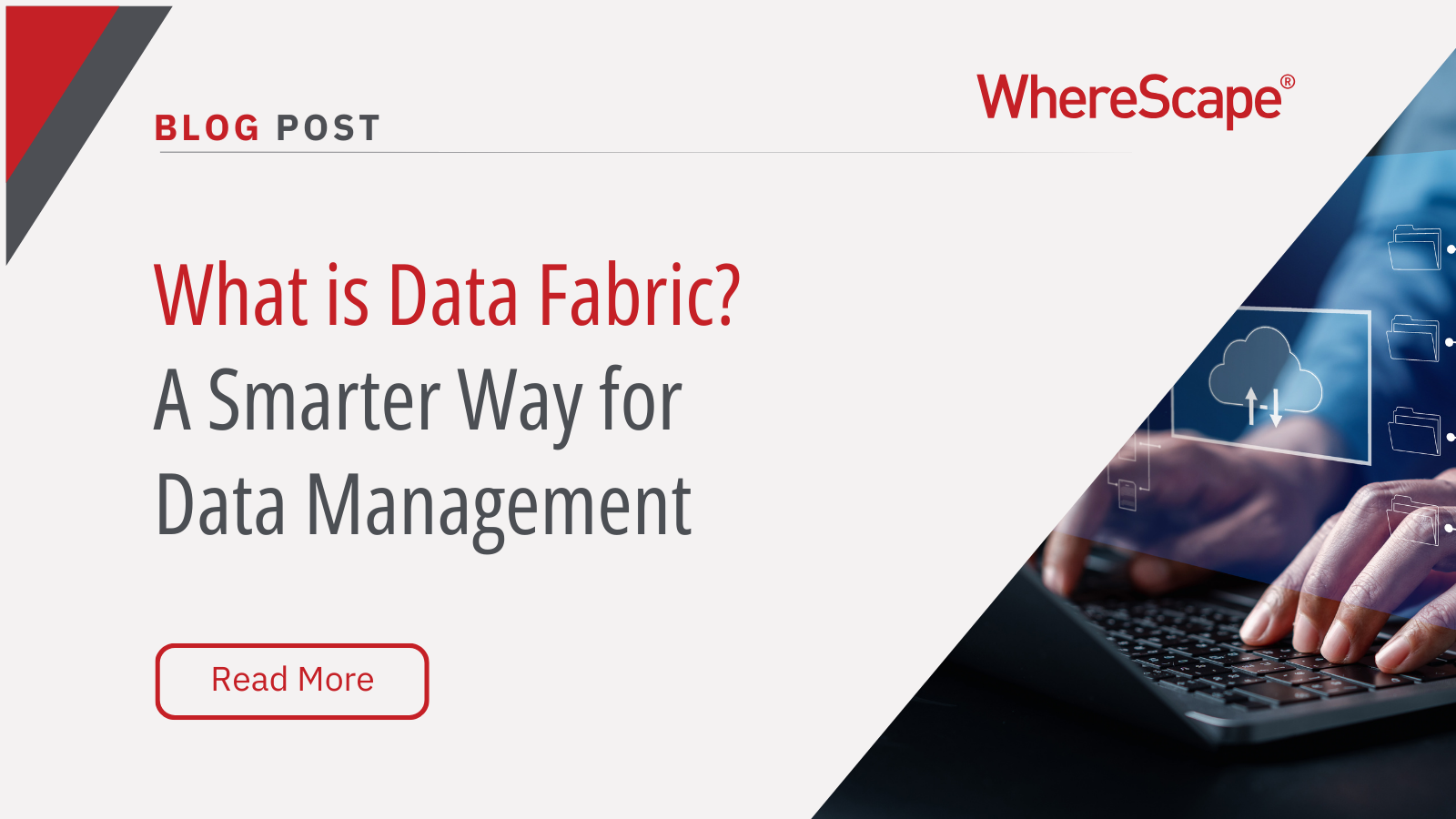
As of 2023, the global data fabric market was valued at $2.29 billion and is projected to grow to $12.91 billion by 2032, reflecting the critical role and rapid adoption of data fabric solutions in modern data management.
The integration of data fabric solutions has emerged as a pivotal strategy to enhance data processes. These innovative solutions blend diverse data delivery technologies, creating flexible pipelines, services, and semantics under centralized governance. This article delves into the evolution, benefits, challenges, and strategic implementation of data fabrics, shedding light on their transformative role in empowering organizations.
What is a Data Fabric?
Data Fabric is a modern data management architecture that provides seamless access, integration, and governance of data across diverse environments, whether on-premises, in the cloud, or hybrid systems. Introduced by Forrester in 2013, it is designed to unify data from multiple sources, ensuring consistency and accessibility without requiring duplication or complex ETL processes.
At its core, a Data Fabric consists of:
- Integration Layer: Connects disparate data sources using data virtualization and middleware.
- Data Services: Manages metadata, security, and governance for standardized control.
- Processing & Analytics: Enables real-time and batch data analysis without moving data.
- Access & Delivery: Ensures authorized users can retrieve and use data efficiently.
By automating data movement, applying governance policies, and enabling advanced analytics, a Data Fabric streamlines complex data ecosystems, making it easier for organizations to manage and analyze data at scale.
Data Fabric Benefits
Data fabrics actively assist organizations in addressing complex data challenges by providing frictionless access, fostering data sharing, and facilitating effective data modeling within intricate data environments. By integrating data modeling, a well-constructed data fabric significantly reduces the time taken to access, ingest, integrate, share, and act on data, creating new opportunities for innovation.
Why Choose a Data Fabric?
For enterprises seeking a modern and efficient data management solution, a Data Fabric offers a comprehensive approach to consolidating data from various sources. This not only simplifies data management but also accelerates data processing, enabling faster and more informed decision-making. The scalability of Data Fabric accommodates the ever-increasing volume and variety of data in today’s business landscape, fostering productivity, better decision-making, and a competitive edge.
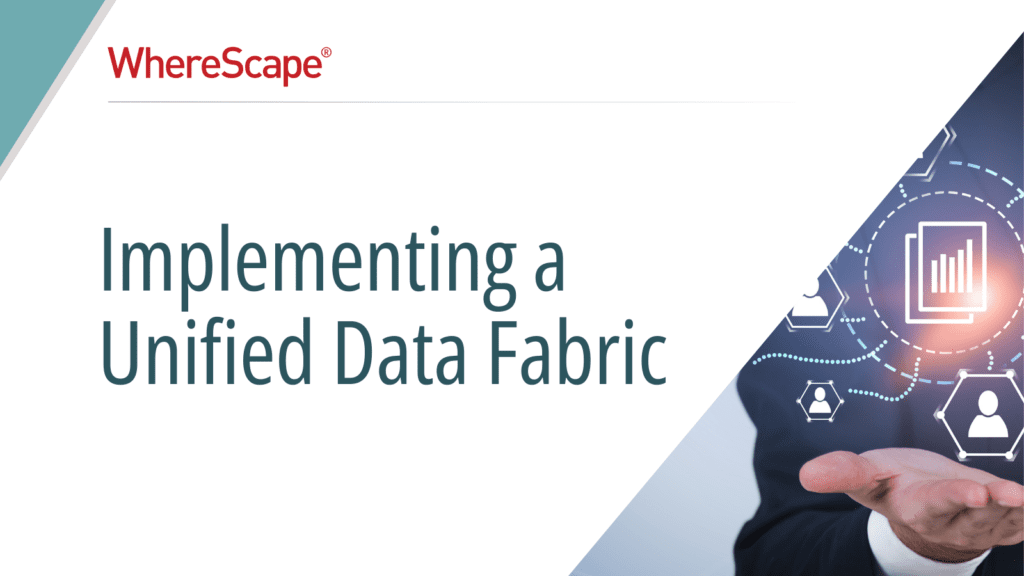
Implementing a Unified Data Fabric
A fully consolidated analytics architecture through a Data Fabric offers several benefits, including easier data management, enhanced security, reliability, and consistency. By democratizing data and analytical assets, organizations enable easy discovery and navigation of all data assets, leading to a coordinated, documented process of data lineage and usage. This reduction in complexity facilitates the implementation of adaptive, non-technical data bridges across teams.
Businesses need Data Fabric to have access to a secure, efficient, unified environment, and future-proof data solution to make the data accessible to users who need it, with minimal disruption.
Some of the many benefits of a fully consolidated analytics architecture are:
• Easier data management, security, reliability, and consistency: Well-documented metadata simplifies the overall environment.
• Democratization of data and analytical assets: This consists of easy discovery and navigation of all the data assets by all users from a centralized data access mechanism.
• A coordinated, documented process of data lineage and usage: Data redundancy, inaccuracy, senescence, and potential security/privacy breaches can be better controlled here than in a chaotic, undocumented situation.
• Reduction of complexity: The ultimate goal of a Data Fabric is to manage data in a clean and streamlined mindset, enabling organizations to implement adaptive, non-technical data bridges across teams.
How Data Fabric Automates the Data Ecosystem
Data fabric technology serves as an advanced data management framework designed to address the complexity of data environments by seamlessly integrating and automating the flow of data across an organization’s various data systems. This integration is achieved through a sophisticated orchestration of data operations that are broken down into several key phases:
- Connecting and Collecting: Data fabric begins by establishing connections with disparate data sources, whether they are on-premises or in the cloud. This phase involves the use of connectors that are capable of interacting with different types of data stores, from traditional databases to modern data lakes and streaming services. The collection process is highly optimized to handle large volumes of data at high speed, ensuring minimal latency in data retrieval.
- Accessing and Acting: Once data is collected, the data fabric layer facilitates the access of this data to various business applications and analytics tools. This is where data virtualization comes into play, allowing users to query and manipulate data without needing to know its physical location. Additionally, this phase includes the execution of real-time analytics and transactional processes that drive immediate business actions based on the analyzed data.
- Simplifying and Democratizing Data: The ultimate goal of a data fabric is to democratize data access across the organization, enabling non-technical users to gain insights without the complexity typically associated with data systems. This is achieved through self-service analytics platforms that integrate seamlessly with the data fabric, providing intuitive tools for data exploration, visualization, and report generation.
- Enhancing Machine Learning Models: Data fabric significantly impacts the efficiency of machine learning workflows by automating the data preparation and feature engineering stages. It ensures that ML models have access to clean, well-organized, and relevant data sets, thereby reducing the time and effort required for model training and refinement. Furthermore, data fabric can facilitate the operationalization of ML models by embedding them into business processes and automating the redeployment of updated models based on continuous learning cycles.
- Building a Holistic Customer View: In customer-centric industries, data fabric helps in building a 360-degree view of the customer by integrating data from multiple touchpoints and channels. This integration allows for a comprehensive understanding of customer behaviors and preferences, which can be leveraged to tailor products and services, enhance customer engagement, and predict future trends.
Operational Benefits:
- Simplified Data Orchestration: Data fabric automates the orchestration of data workflows, reducing manual intervention and streamlining the movement and transformation of data across systems.
- Automated Test Data Management: It provides capabilities to automatically generate and manage test data, which is crucial for application development and testing phases, ensuring compliance with data privacy regulations.
- Quick Data Privacy Compliance: The framework supports data governance and compliance by providing tools to manage data access, enforce data security policies, and ensure that data usage complies with legal and regulatory standards.
- Comprehensive Data Administration: Data fabric enhances data administration by offering centralized tools for monitoring, managing, and securing data across the enterprise. This centralized approach improves the overall visibility of data flows and helps in the quick identification and resolution of data-related issues.
- Optimized Cost of Ownership: By automating many aspects of data management, data fabric reduces the need for extensive manual processes and the reliance on specialized personnel, leading to a lower total cost of ownership. Its ability to efficiently process and store data using optimized resources also reduces infrastructure costs.
Data Fabric Architecture
The flexibility of Data Fabric architecture works seamlessly with data warehouses, data lakes, and various other data sources, contributing to improving organizational processes. From enhancing machine learning models to building a comprehensive customer view, Data Fabric ensures simplified data orchestration, automated test data management, quick data privacy compliance, comprehensive data administration, and optimized cost of ownership.
Some of the Data Fabric examples include:
- Enhancing machine learning (ML) models: A Data Fabric architecture helps to use ML modes by decreasing the time taken to monitor data pipelines and identify appropriate relations while enhancing the usability of this data across applications and providing controlled access to secure data.
- Building a holistic customer view: A Data Fabric can help organizations gather data from customer activities, therefore adding value to the data such as consolidating real-time data of different sales activities, the time taken to onboard customers, and customer satisfaction KPIs.
Here are some of the operational benefits Data Fabric provides to enterprises:
- Simplified data orchestration: Integrating operators for external databases, business logic, masking, parsing, and streaming.
- Automated test data management: Generating data from production systems to provide high-quality data for testing purposes.
- Quick data privacy compliance: Configuring, managing, and auditing data access requests linked with data privacy regulations.
- Comprehensive data administration: Configuring, monitoring, and administering data using management tools.
- Optimized cost of ownership: Reliance on the in-memory performance of commodity hardware, complete linear scalability, and risk-free integration.
New Trends in Data Fabric for 2025
- Real-time Analytics and AI Integration: Data fabrics are increasingly leveraging real-time analytics and AI to offer immediate insights and responses, crucial for sectors like finance, retail, and logistics that demand rapid adaptability.
- Conversational Analytics and Natural Language Processing: The integration of NLP allows businesses to interact with data in conversational tones, enhancing user experience and personalization through advanced analytics and voice-enabled interfaces.
- Data Governance and Privacy by Design: With stricter data protection laws, data fabrics are being designed to incorporate robust governance and privacy features from the outset, ensuring compliance and securing customer trust.
- Decentralized Data Management (Data Mesh): Data mesh architectures are becoming a core component of data fabrics, promoting autonomous, domain-specific management of data resources, thus enhancing agility and reducing silos.
- Enhanced Data Integration Across Multi-Cloud Environments: As businesses adopt hybrid and multi-cloud strategies, data fabrics are crucial for seamless data management across these diverse environments, ensuring effective data integration and operations.
Data Fabric Challenges and Solutions
Enterprises face challenges such as increasing data volumes, multiple locations, complex data formats, and data quality issues. To overcome these challenges, organizations should avoid overloading their architecture with false assumptions, assess metadata maturity, and implement data governance, integration, and consolidation strategies.
Efforts to centralize all data rarely succeed because of a mixture of on-premises and multi-cloud environments which add to the complexity. Moreover, there is an increasing need for regulatory compliance, security, and addressing governance risks, making data discovery more challenging. In such a scenario, implementing data governance, data integration, and consolidation strategies across multiple cloud platforms becomes vital to ensure efficient data management and analysis.
This is where Data Fabric, incorporating master data management, comes to the rescue. Designed to democratize data access across the enterprise at scale, Data Fabric addresses both data silos and the exponential growth in data volumes. By integrating master data management, enterprises can capitalize on these data volumes in a multi-cloud environment while maintaining a secure and compliant data governance strategy.
Data Quality Maintenance
Implementing processes and controls to address data quality challenges is crucial for effective Data Fabric implementations. Data cleansing, transformation, and standardization, coupled with the use of data quality software, ensure high-level data quality maintenance throughout the implementation process.
By automating data quality processes, organizations can identify and correct errors in data, preventing incorrect decisions. As a result, data quality software can play a vital role in helping organizations transform their data quality and gain insights that can help them improve their business operations.
The Relevance of Data Fabric Now
In the face of challenges like limited data access and complex data integration, Data Fabric empowers organizations to leverage their data efficiently. With its scalable and flexible nature, Data Fabric simplifies data governance and management in multi-cloud data landscapes, enabling the creation of a global and agile data environment.
Implementing a Modern Data Fabric Strategy
As data-related challenges compound with growth, a Data Fabric becomes imperative for organizations. This architectural approach ensures data accessibility for relevant users based on their workflows, unleashing the power of data for better decision-making and gaining a competitive edge through hybrid cloud experiences.
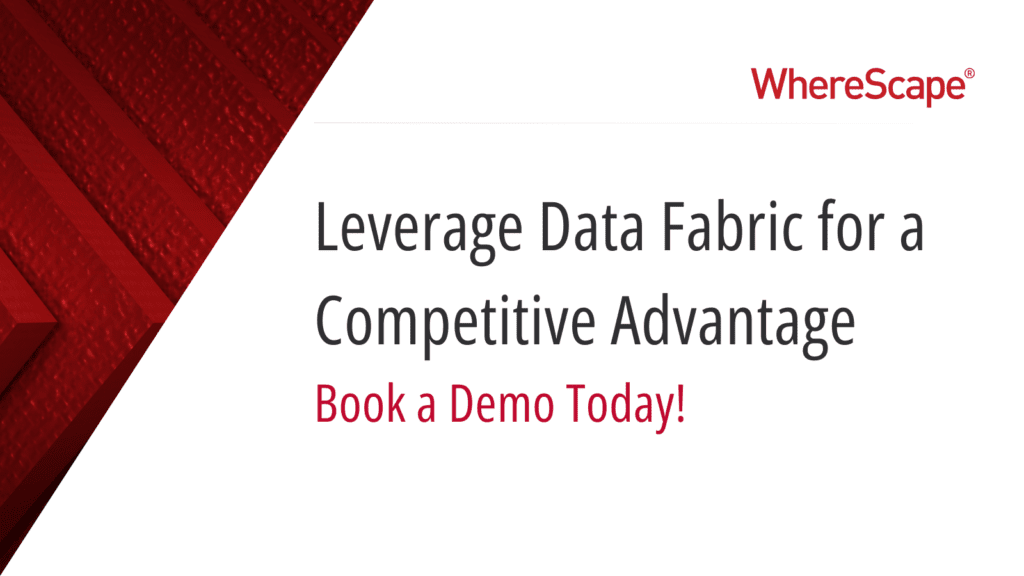
Leverage Data Fabric for a Competitive Advantage
the future of data fabric technology looks exceptionally promising, with the market projected to grow to $8.86 billion by 2031 at a remarkable CAGR of 20.7%. This rapid growth underscores the pivotal role data fabric plays in facilitating real-time data analytics and enhancing data management practices. As organizations increasingly rely on complex data architectures to drive decision-making and operational efficiencies, data fabric solutions stand out as essential for navigating the complexities of modern data ecosystems.
By implementing WhereScape’s data fabric solutions, enterprises can harness the full potential of their data, enabling more agile responses to market dynamics and fostering innovation. Explore the capabilities of WhereScape’s data fabric solutions to transform your organization’s approach to data management and leverage cutting-edge technology to stay competitive in a data-driven world.
Sources:
codeit.us
WhereScape at TDWI Munich: Automate Data Vault on Databricks
WhereScape at TDWI Munich 2025: Automate a Full Data Vault on Databricks in Just 45 Minutes June 24–26, 2025 | MOC Munich, Germany As data complexity grows and business demands accelerate, scalable and governed data architectures are no longer optional—they're...
What Is OLAP? Online Analytical Processing for Fast, Multidimensional Analysis
Streamline your data analysis process with OLAP for better business intelligence. Explore the advantages of Online Analytical Processing (OLAP) now! Do you find it challenging to analyze large volumes of data swiftly? A Forrester study reveals that data teams spend...
Build AI-Ready Data: Visit WhereScape at AI & Big Data Expo
June 4–5, 2025 | Booth 202 | Santa Clara Convention Center As organizations scale their artificial intelligence and analytics capabilities, the demand for timely, accurate, governed, and AI-ready data has become a strategic priority. According to Gartner, through...
Automating Star Schemas in Microsoft Fabric: A Webinar Recap
From Data Discovery to Deployment—All in One Workflow According to Gartner, data professionals dedicate more than half of their time, 56%, to operational tasks, leaving only 22% for strategic work that drives innovation. This imbalance is especially apparent when...
What is a Data Model? How Structured Data Drives AI Success
What is a data model? According to the 2020 State of Data Science report by Anaconda, data scientists spend about 45% of their time on data preparation tasks, including cleaning and loading data. Without well-structured data, even the most advanced AI systems can...
ETL vs ELT: What are the Differences?
In working with hundreds of data teams through WhereScape’s automation platform, we’ve seen this debate evolve as businesses modernize their infrastructure. Each method, ETL vs ELT, offers a unique pathway for transferring raw data into a warehouse, where it can be...
Dimensional Modeling for Machine Learning
Kimball’s dimensional modeling continues to play a critical role in machine learning and data science outcomes, as outlined in the Kimball Group’s 10 Essential Rules of Dimensional Modeling, a framework still widely applied in modern data workflows. In a recent...
Automating Data Vault in Databricks | WhereScape Recap
Automating Data Vault in Databricks can reduce time-to-value by up to 70%—and that’s why we hosted a recent WhereScape webinar to show exactly how. At WhereScape, modern data teams shouldn't have to choose between agility and governance. That's why we hosted a live...
WhereScape Recap: Highlights From Big Data & AI World London 2025
Big Data & AI World London 2025 brought together thousands of data and AI professionals at ExCeL London—and WhereScape was right in the middle of the action. With automation taking center stage across the industry, it was no surprise that our booth and sessions...
Why WhereScape is the Leading Solution for Healthcare Data Automation
Optimizing Healthcare Data Management with Automation Healthcare organizations manage vast amounts of medical data across EHR systems, billing platforms, clinical research, and operational analytics. However, healthcare data integration remains a challenge due to...
Related Content
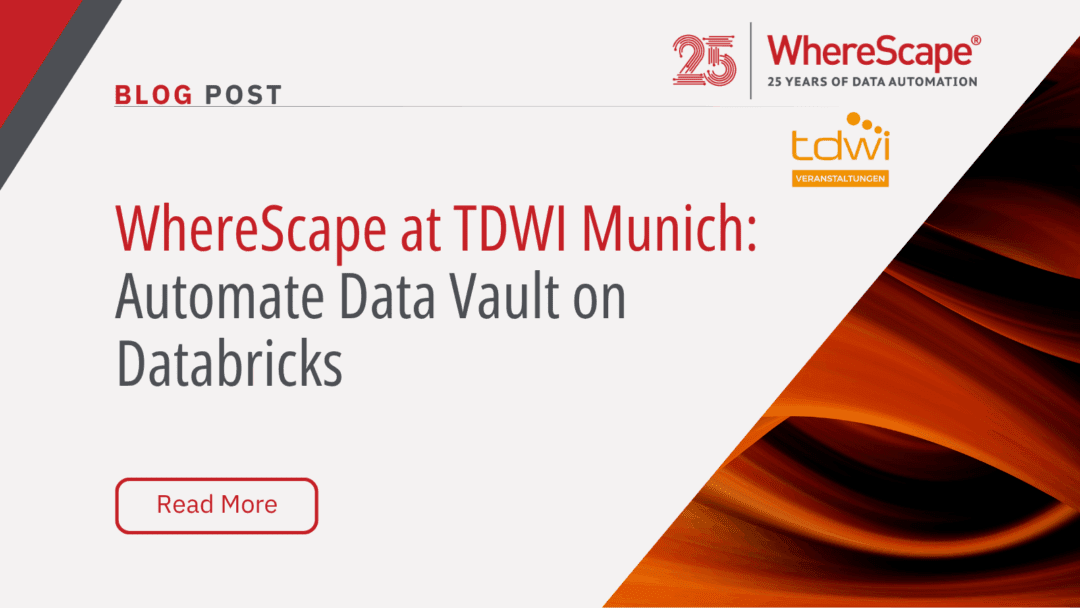
WhereScape at TDWI Munich: Automate Data Vault on Databricks
WhereScape at TDWI Munich 2025: Automate a Full Data Vault on Databricks in Just 45 Minutes June 24–26, 2025 | MOC Munich, Germany As data complexity grows and business demands accelerate, scalable and governed data architectures are no longer optional—they're...
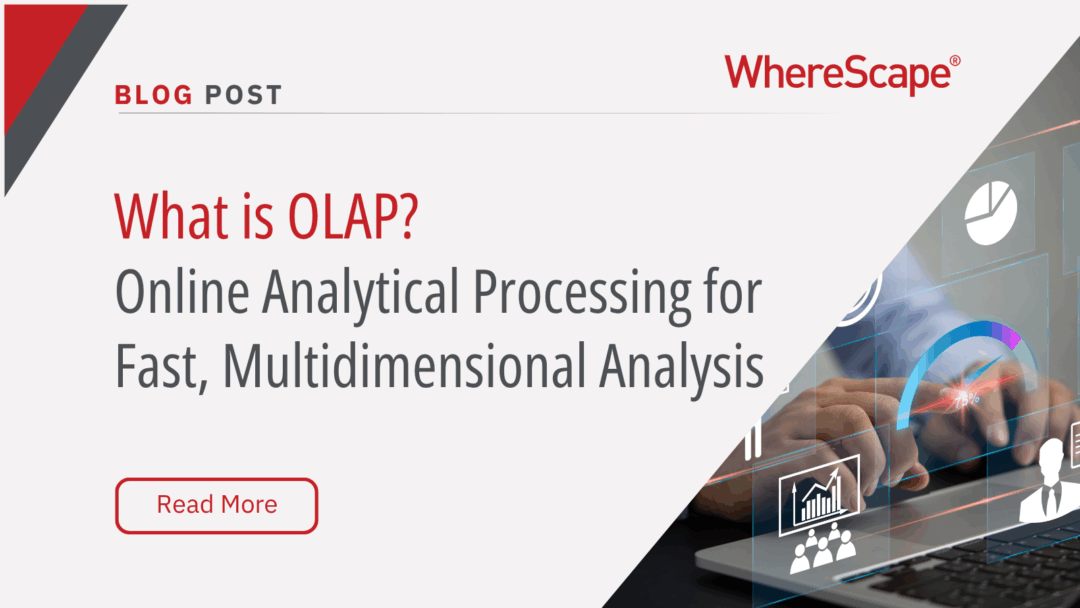
What Is OLAP? Online Analytical Processing for Fast, Multidimensional Analysis
Streamline your data analysis process with OLAP for better business intelligence. Explore the advantages of Online Analytical Processing (OLAP) now! Do you find it challenging to analyze large volumes of data swiftly? A Forrester study reveals that data teams spend...
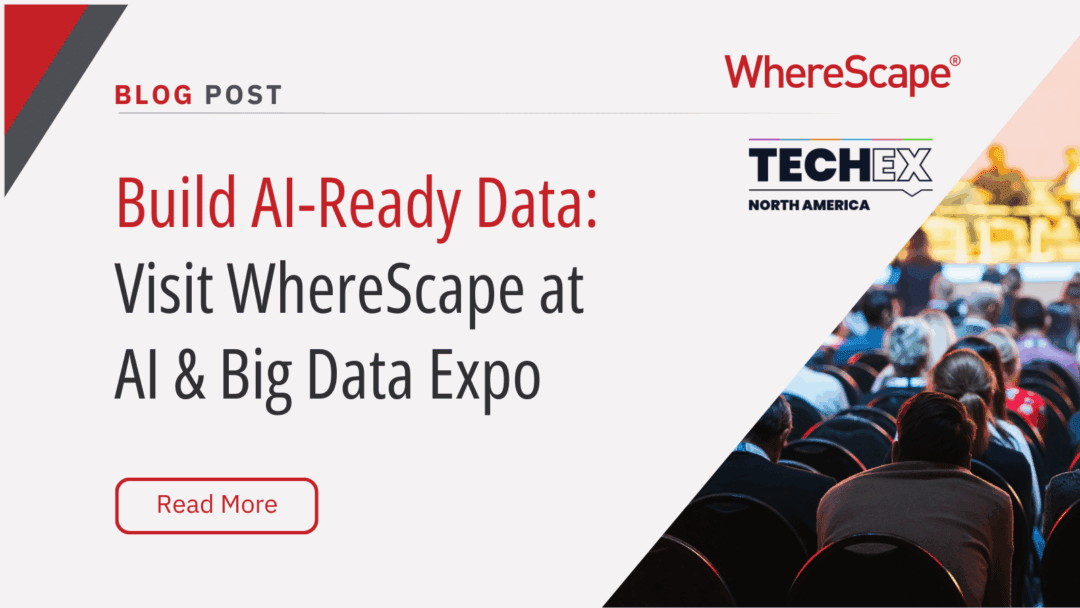
Build AI-Ready Data: Visit WhereScape at AI & Big Data Expo
June 4–5, 2025 | Booth 202 | Santa Clara Convention Center As organizations scale their artificial intelligence and analytics capabilities, the demand for timely, accurate, governed, and AI-ready data has become a strategic priority. According to Gartner, through...
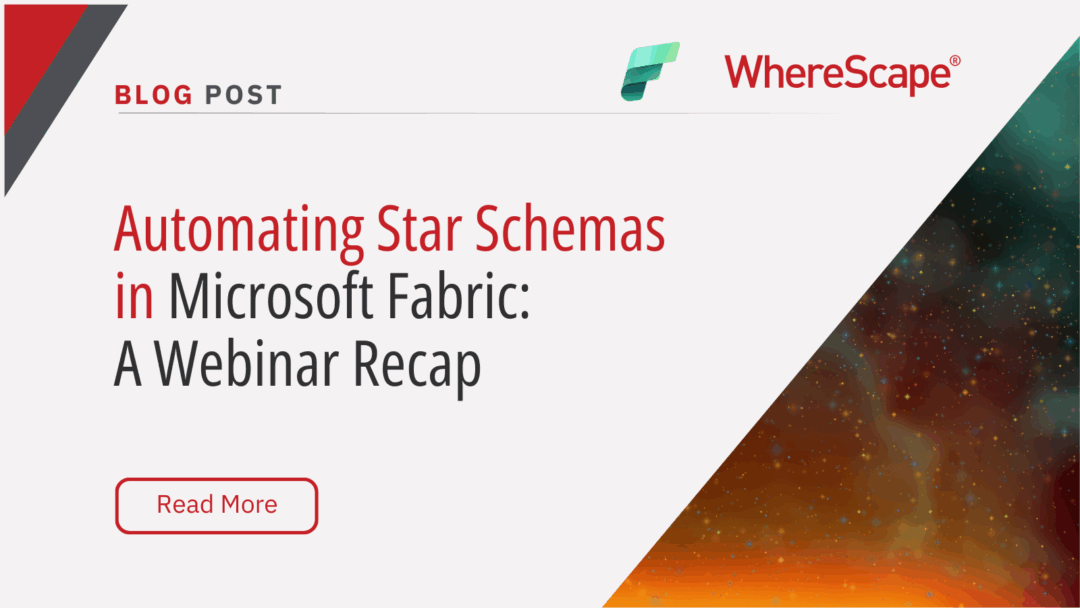
Automating Star Schemas in Microsoft Fabric: A Webinar Recap
From Data Discovery to Deployment—All in One Workflow According to Gartner, data professionals dedicate more than half of their time, 56%, to operational tasks, leaving only 22% for strategic work that drives innovation. This imbalance is especially apparent when...

